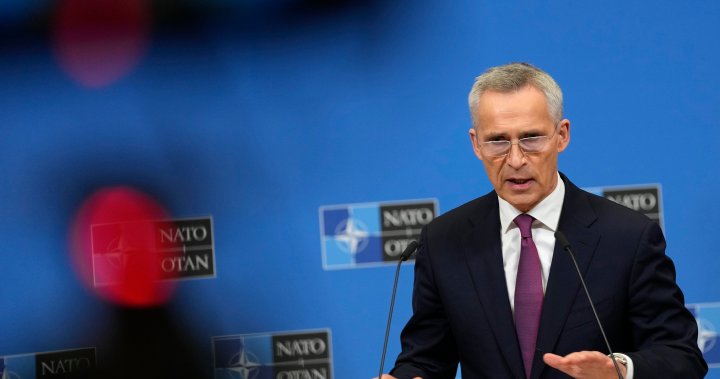Movers, shakers and loan rangers: key takeaways from the women’s window | Women’s Super League
Russo and McCabe bids ruffle feathers
Arsenal’s late bid for the Manchester United forward Alessia Russo and Chelsea’s reported interest in Arsenal’s Katie McCabe stirred the pot. Players moving between rival clubs is far more common in women’s football than in men’s football. Short-term contracts have been the norm, and big-money transfers are a relatively new phenomenon. In the past, often the short deals players were on would expire and they would move for free. With one-year deals and a lack of benefits the norm in the semi-professional and amateur games, it was hard to begrudge players taking whatever opportunity came their way.
Gradually, as the game has professionalised and players have had more value as assets, this has started to change. Alex Greenwood’s decision to leave Manchester United for Lyon and then join Manchester City was not well received by United fans, and Emma Mitchell’s joining Tottenham from Arsenal in search of playing time caused confusion in the wider fanbase less familiar with how much more difficult it is for female footballers to move their lives and their family’s lives around the country. Chelsea’s courting of McCabe and Arsenal’s bid for Russo, who is out of contract in the summer, ramped the discontent up a level. That this happened in January, and involved the three teams vying for the title, left fanbases fuming. Had United or Arsenal capitulated and sold valued and valuable players for money, the motivations of the club hierarchies would have been in the spotlight.
England hopefuls fight for World Cup spots
The decisions of Beth England to swap Chelsea for Tottenham and of Jordan Nobbs and Lucy Staniforth to join Aston Villa from Arsenal and Manchester United respectively were brave. The signings of the England internationals were also shrewd. All three are on the fringes of Sarina Wiegman’s squad. Only England was in the Euro 2022 squad, but she didn’t play a minute.
With the World Cup in Australia and New Zealand on the horizon, warming the bench for teams at the top who offer some of the best environments and wages in the league was unlikely to improve their chances of getting back on Wiegman’s radar – especially with a number of young players impressing and getting regular games this season. All three have slotted somewhat seamlessly into their clubs and confidence among the group is building. Should all, some or one of them make the plane for the 2023 World Cup, then the likelihood of international hopefuls looking below the stacked squads of the top four in search of regular football will increase and benefit the competitiveness of the league.
Beware the loan rangers
The transfer market was busy. Twenty-four players made permanent moves but the loan market is perhaps more interesting, with 15 players on loan from WSL sides, six on dual registrations and 39 sent out to WSL sides and beyond – not all of these deals were done in January. There are several contradictions in the WSL. There are 22 games in the league season and clubs can have up to 25 players in their squads. For three clubs there are more games with the Champions League and they tend to go deep in domestic cup competitions. That allows for greater rotation, but the top clubs are increasingly struggling to keep a squad of 25 elite players happy.
With greater resources, increasingly the top four of Arsenal, Chelsea, Manchester City and Manchester United have been able to hoard some of the best young talent. Those players want the environments, contracts and level of professionalism offered by those clubs but they often struggle to get meaningful playing time with the pressure for success greater than ever. As a result, those players are being sent on loan.
after newsletter promotion
Manchester United have led the way, with 10 players on loan or out on dual registrations, while City and Chelsea have five and six out respectively. Leicester City are the anomaly, with eight players out on loan as the manager, Willie Kirk, attempts to avoid the drop. This situation is problematic because, for teams such as Everton, who have leaned on this system to bolster their ranks, bringing in City’s Jess Park, Chelsea’s Aggie Beever-Jones and United’s Emily Ramsey at the start of the season, there is a level of uncertainty moving forward. Those players have been central to the team put together by Brian Sørensen but their time is finite.
Increasing the competitiveness of the league and the resourcing levels of those outside the top four will hopefully make teams such as Everton more attractive to some of the best young talent on a more permanent basis. At present, should they wish, the parent clubs at the top can scoop their best young talent back into the fold, whether they will get meaningful playing time or not.





